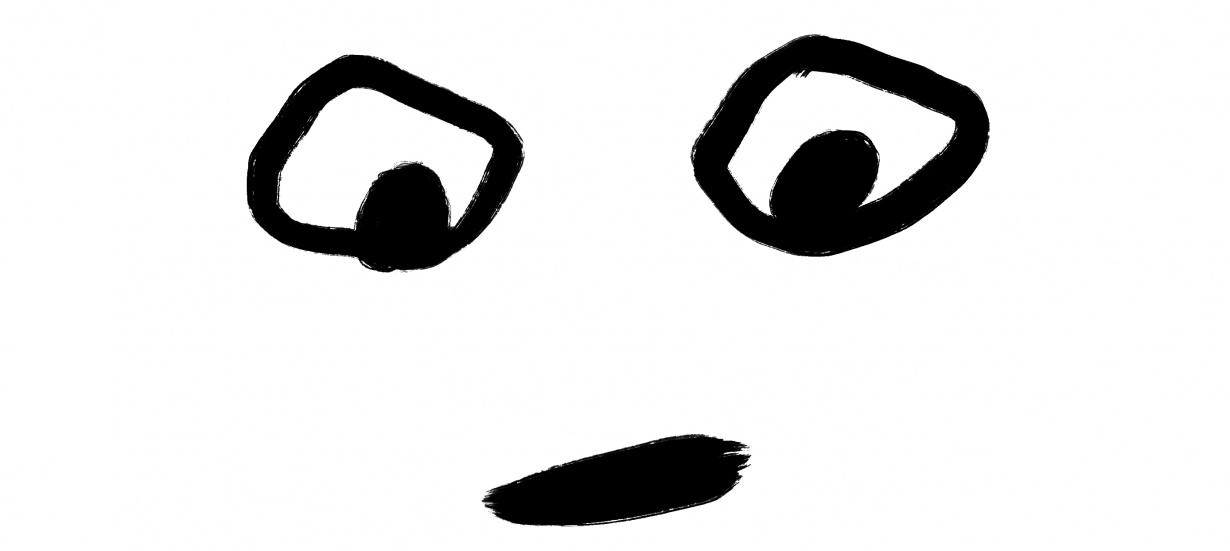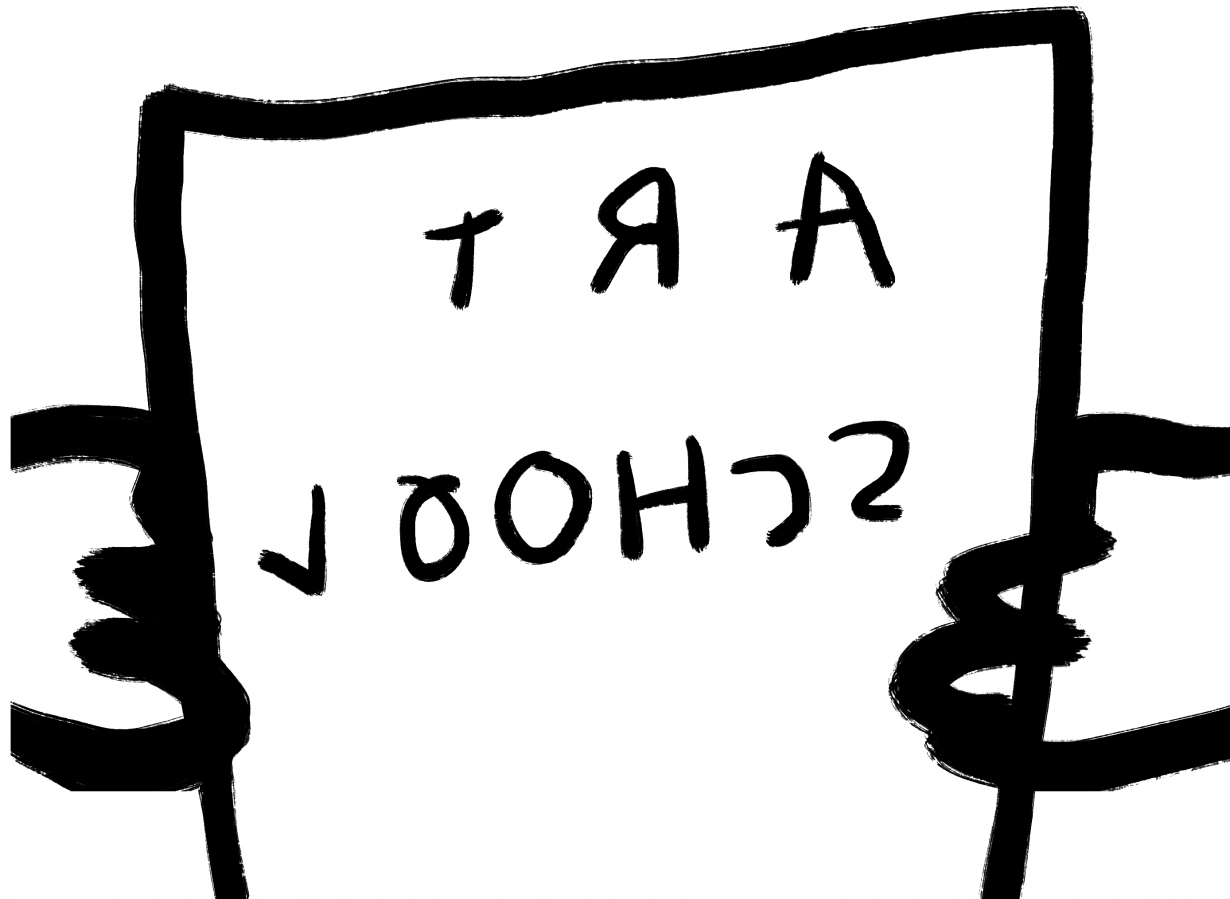

If the contemporary art school, with its studio-based learning and peer-to-peer crit sessions, has an origin story, it’s probably to be found in the writing of Paulo Freire. The Brazilian scholar’s Pedagogy of the Oppressed (1968) criticised the ‘banking model of education’, in which the student is imagined entering education an empty vessel and leaving only when successfully filled with the knowledge of their betters. Instead, the Marxist writer imagined the student to be a cocreator in their education. The book had an immediate impact, initially beyond Brazil (which was under dictatorship), adopted by any school that thought itself even vaguely radical. Parque Lage in Rio de Janeiro, a centre of resistance against the autocratic regime, has continued to educate generations of artists in the country, as have Universidade Estadual de Campinas (Unicamp) in São Paulo and the private Fundação Armando Alvares Penteado (FAAP). Elsewhere on the continent, against the perceived conservatism of Peru’s public universities, such as La Escuela Nacional Superior Autónoma de Bellas Artes del Perú, was the establishment of Corriente Alterna, Escuela de Arte y Diseño in 1992, since privatised. A similar impetus catalysed artist Guillermo Kuitca’s establishment of the Studio Program For Visual Arts in Buenos Aires, dubbed the ‘Beca Kuitca’, for 20 young artists, which has been running since 1991 (he once recalled, ‘When I grew up, I was warned not to set foot in an art school’). While many groups have claimed to continually renew this history of radical pedagogy, the dominance of centralised formal education has led to a proliferation of residencies and retreats, such as Más Arte Más Acción on the Pacific coast of Colombia, which has run since 2010 – though, also reflecting the attenuated state of many such projects, taking 2023 as a hiatus and point of reflection.
Casa do Povo
São Paulo, Brazil
Founded 1946
Various programmes
Few art institutions have the heritage, intellectual ambition and embedded community approach of this São Paulo mainstay. Founded in 1946, the centre is a testament to how much the city gained culturally from early-twentieth-century Jewish immigration, as refugees from the Third Reich poured in from across East Europe. The building itself, opened seven years later, was designed by Ernest Carvalho Mange to provide maximum flexibility for collective actions, meetings, group discussions and classes that viewed ‘art as a critical tool in an ongoing process of social transformation’. Collectives are still invited to apply for studio and event space; anyone can attend free boxing classes or psychoanalysis sessions; there’s currently a residency dedicated to decolonising technology and an open call for a free four-month programme of talking, singing, planting, cooking and Mbyá Guaraní language learning, devised by Guarani ambassadors for non-Guarani people. Now decades old, the administration of Casa do Povo faces the dilemma that many once-upstart organisations experience. ‘Casa do Povo has reached a growth limit’, a recent manifesto of sorts reads. ‘Growing more would mean moving away from the territory, bureaucratising practices, stifling processes, reinforcing the divisions between those who work and those who attend the institution.’ Its answer was Casa Escola, a six-month tutored course developed by artist Luiza Crosman, monthly fees by suggested donation, which aimed to incubate collective practice.
LA ESCUELA___
Various locations, South and Central America / online
Founded 2022
4 months
20–100 students
During his time studying at the Maryland Institute College of Art, and then teaching in his native Venezuela, Miguel Braceli became disillusioned by what art schools had morphed into. Braceli wondered where the radical spirit of Open City – the settlement on the Ritoque dunes in Chile, built with the aim of creating a city-as-school and school-as-city – had gone. Why was art education seemingly modelled towards the market? Braceli penned an essay in 2020, calling for education to once again move beyond the white cube. ‘Schools must be naked, all their walls demolished to keep their structure, leaving only what is essential. They would then be buildings without facades, fully exposed to reality. They would get wet, dirty, and impregnated with their contexts; they would shake without collapsing, they would inhabit experiences that would redefine their meaning.’ LA ESCUELA___ grew out of that manifesto, articulating a more freewheeling education, rooted in the South and Central American experience, and now, enter- ing its second semester, taking place at venues across the continent and online. On the free curriculum have been workshops by Ecuadorian artist José Luis Macas Paredes on the subject of water politics in Guadalajara, Mexico; a two-week course on the continent’s ‘retrofuturist’ activism by Chilean Felipe Rivas San Martín; and a lecture on ancient Indigenous and contemporary theatre-making by Peruvian Miguel Rubio Zapata. In February this year Brazilian Eleonora Fabião led a series of walking conversations and actions from Kiosko Galería in Santa Cruz de La Sierra, Bolivia, one of many artist-run spaces with which the school partners.
El Validadero
Bogotá, Colombia / online
Founded 2015
6–9 months
30 students
Started as a set of ‘anarchist studies’ and ‘cultural interventions’, El Validadero established, as the name suggests, its own model of validation, where several dozen students can engage with talks, experiments and laboratories given by almost just as many guest speakers – past faculty has included artists such as Sol Casal and Lucas Ospina, writer Juan Cárdenas and art critic Diana Wechsler. Through a hybrid fee-paying programme, participants can take part in weekly in-person meetings in Bogotá, alongside weekend excursions around the country, or take part entirely virtually from anywhere in the world. The programme offers a range of outputs, from exhibition spaces within the city to printed projects in its magazine BacatArt, or making use of Erre 4 / Master (a blue 1980 Renault used as a mobile exhibition venue). Last year’s cohort staged its final exhibition in a forest just outside the town of Villa de Leyva, in the Boyacá region. The forthcoming session for this year is devised by artist Federico Daza Marín, aiming ‘to generate those black holes of understanding or experience’ under the simple thematic title of ‘sociological and artistic studies in quantum dimensions with emphasis on time machines and parallel universes from economic monopolies of technology, communication and cultural entertainment’.